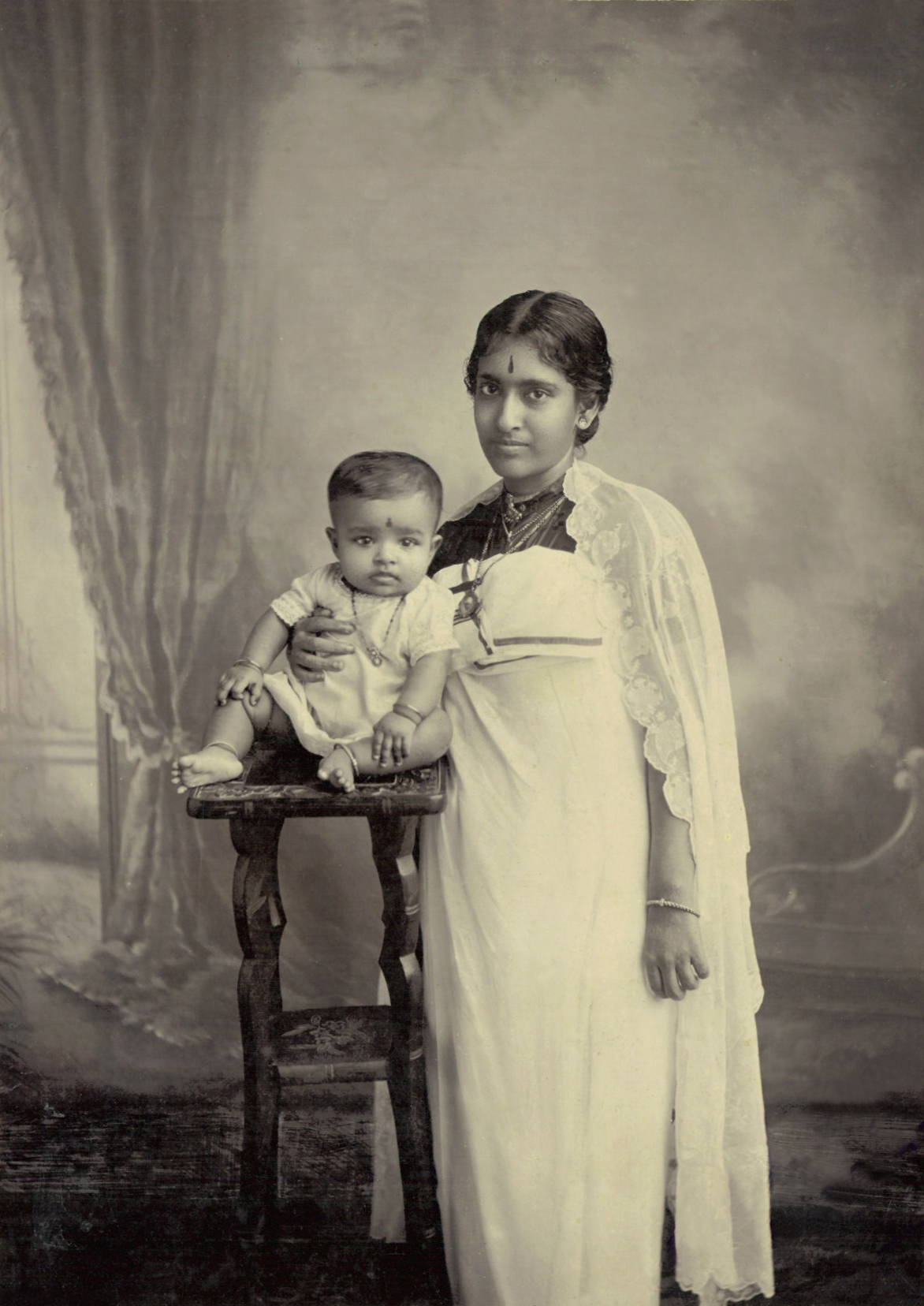I was in the local Indian store this week, and in the freezer section, saw a packet of..wait for it…tapioca ! Called casava in some countries, it is lovingly called 'kappa' and even 'kolli' in God's own. At one point, it used to be the food of the poor, who could not afford to buy rice. But today, it is packed, frozen and sent to practically every country to be enjoyed in its simplicity. And back in Kerala, it is now available in top hotels and restaurants.
What wonderful times we live in !
Which reminded me Kerala's long lasting connection with the tuber. Visakam Thirunnal Rama Verma ruled only for five years in the 1880s, fell ill and died at 48, relatively young per today's living standards. It was this king who introduced the vegetable to these shores. Tapioca or manioca was brought from South America as a viable alternative to tackle food famine. It was planted on the edge of Kawdiar palace surroundings and that area came to be known as Maracheeni veela. The dhobbie wash area and royal pond was in this region once uoat. Later became the first housing subdivision for government senior leaders and renamed Jawahar Nagar. The utility or some other documents still record it as marcheeni veela. Swami Vivekananda made his historic stay in Tvpm, speaking at this place. The combination of kappa cheeni tapioca with fish later emerged as a balanced nutritional option meeting protein and calorie requirements.

This is probably why none of the other south Indian states seem to have any recepies using the tapioca. It is best enjoyed simply boiled, with some fish curry. Kerala style fish curry.
1947 was a year of changes, and in south India, the kings and queens were being asked to give up their reign and kingdoms. Maharani Sethu Lakshmi Bayi of Travancore was the last queen of that region of Kerala. While she served fried fish to her English guests, her cooks prepared and shaped kappa into an imitation, so she could eat keeping her religious beliefs !
How extraordinary !

But as recent as the fifties, there was a government initiative to introduce tapioca based western cuisine to the people of Kerala. While it was a famine which brought kappa to us, it was another famine which led the EMS Government of 1957 to rethink the kappa plans. At the time, Kerala produced a little less than half the rice it needed to feed its people.
The audacious plan was to start the production of tapioca based macaroni, yes the Italian food macaroni, to Malayalees. Originally called synthetic rice, CFTRI in Mysore developed it as a remedy for rice shortage.
“The Institute has recognised the need to reduce the pressure on rice. One of the ways of doing it is by making use of tapioca… The Institute has begun making macaroni by mixing 60 parts of tapioca flour with 25 parts of wheat flour and 15 parts of groundnut flour (for protein)."
Predicably, the plan went nowhere. Because the people hated it. Thank goodness. The communist government was ridiculed for introducing western food to the poor. Read this fantastic retelling of the great macaroni scandal.
So Malayalees today enjoy kappa in its truest, simplest form, without any western interruption.
Keep calm and eat kappa.
No comments:
Post a Comment